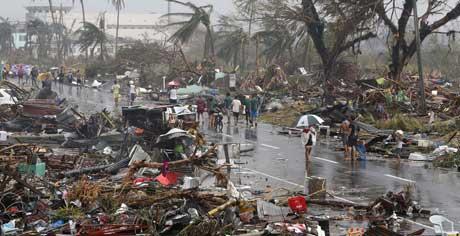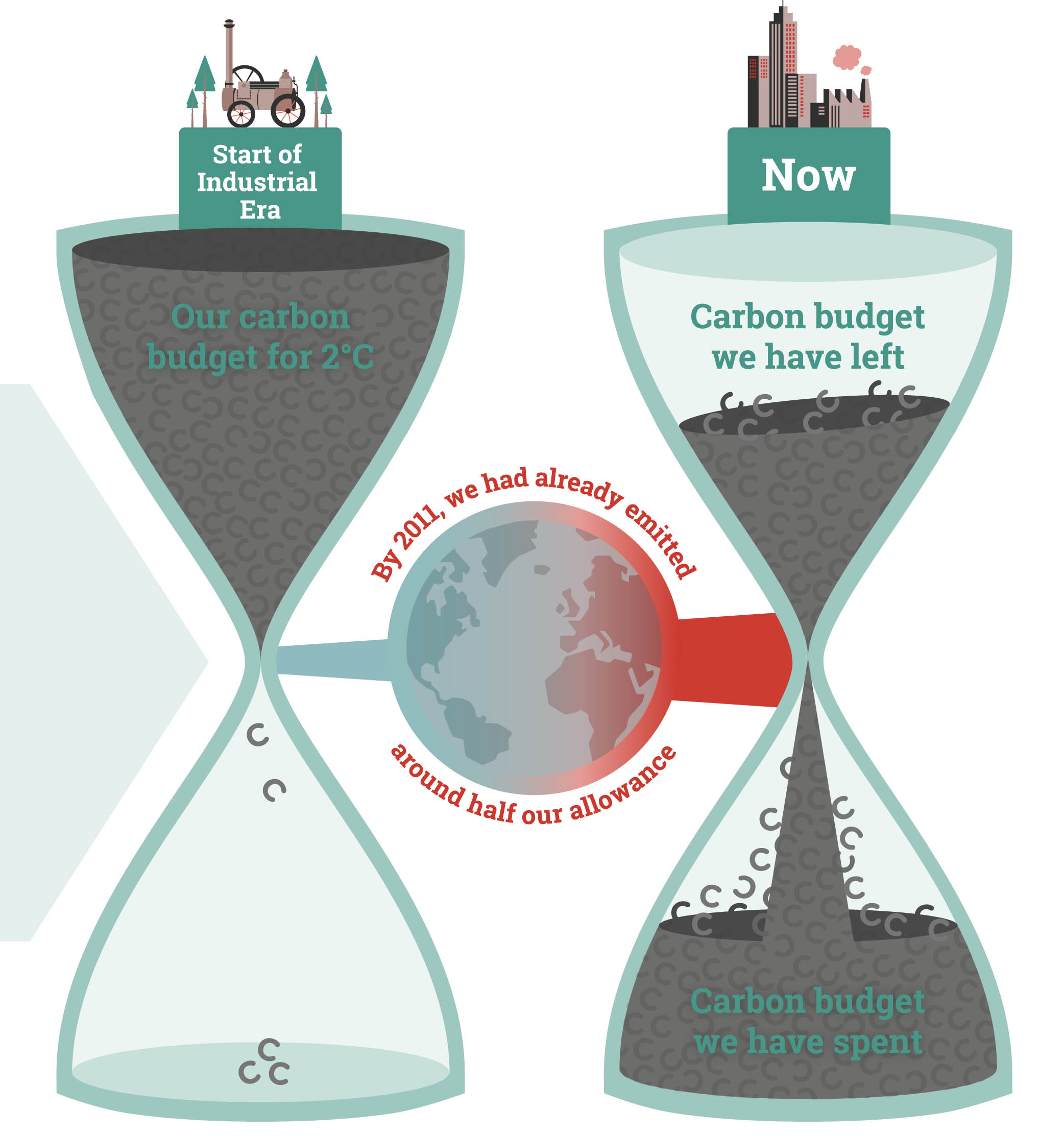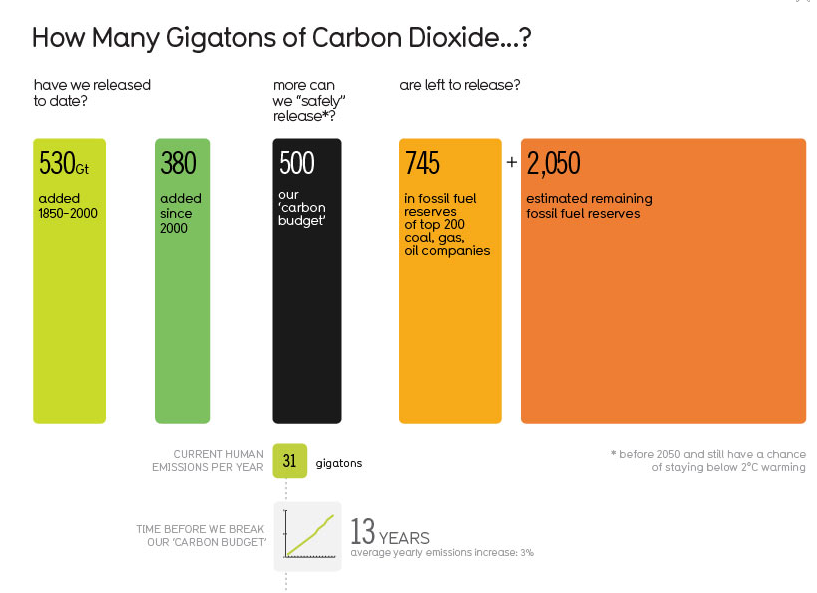As the latest round of United Nations climate negotiations opened this week in Warsaw, the tragedy and destruction of typhoon Haiyan dominated news coverage around the globe. The disaster in the Philippines, with countless lives and livelihoods lost, is a stark reminder of the suffering and tremendous heartbreak that is at stake as the world’s nations meet to find an agreement to curb our heat-trapping emissions.
The United Nations Framework Convention on Climate Change (UNFCCC) states its objective is to stabilize emissions “to prevent dangerous anthropogenic interference with the climate system.” This oft-quoted phrase takes on a new dimension as we see the aftermath of one of human history’s most powerful storms, with sustained winds of almost 200 miles per hour and waves up to 30 feet high wreaking havoc on hundreds of local communities.
It is clear that human influence has been the dominant cause of our warming climate over the last half century. If the global ocean and atmosphere continue to warm from unchecked emissions, our future will likely be marked by more intense typhoons and hurricanes equal to the strength of Haiyan and Sandy. It’s also clear that if we are to stay within the carbon budget necessary to keep climate impacts from becoming unmanageable, we will need to decarbonize and leave fossil fuels in the ground.
Balancing our budget
The global carbon budget is the estimated amount of total carbon we can dump into the atmosphere and still have a reasonable chance of avoiding “dangerous” climate change. The “dangerous” temperature level has been pegged at a warming of 2°C (3.6°F) above the pre-industrial global average temperature. However, many would argue this temperature limit should be lowered in light of the impacts we are already seeing, as discussed in a recent UCS blog here and in the latest UNEP report on the Emissions Gap. As a benchmark, the difference in global average temperature between an ice age and an interglacial (a warm period) is only about 5°C, so a 2°C temperature increase is significant.
The total amount of carbon that would take us to this level of warming has been estimated at 1000 billion tonnes of total carbon starting from the Industrial Revolution. We’ve already spent half of that budget – see the University of Cambridge’s full infographic here.
Of course, the impact of spending our entire carbon budget depends to some degree on the assumptions made about how the earth’s system responds, but most estimates using the 2°C threshold agree that we are about halfway through our allowance.
The Intergovernmental Panel on Climate Change (IPCC) explains that we may blow our entire carbon budget in the next 30 years or so at the rate we are going. But if you read the fine print, the carbon budget proposed by the IPCC doesn’t even give us a sure guarantee of staying below the 2°C threshold – it only gives us a 2 in 3 chance of doing so. Not great odds.
Another way of visualizing the carbon budget is to show an estimate of the remaining reserves that we need to leave in the ground. The amount in the ground is truly massive compared to what we have already used. The design website “Information is Beautiful” has an infographic that uses data from the International Energy Agency, NASA, NOAA, and the World Bank to show the current overall balance. It’s sobering. By their estimates, if carbon emissions continue to increase at 3 percent a year – as they have been – the point where we break our 2°C carbon budget limit is a mere dozen years away. (See the full version here.)
Carbon dioxide may be colorless and odorless and seemingly benign, but it is long-lived and the most powerful heat-trapping emission from human activity. Two-thirds of the carbon dioxide you and I produce today from burning oil and gas in our cars and for our electricity will still be around in the atmosphere in a hundred years – it takes that long to be naturally removed. It is past time to give up our fossil fuel addiction and instead focus on balancing the ecological budget. Whether we exceed our “safe” carbon level in ten years or forty years really is up to us.
As the Philippines lead negotiator Naderev “Yeb” Saño so poignantly requested on the opening day, let’s hope the talks in Warsaw do reach a “meaningful outcome.” Saño’s hunger strike, in solidarity with the millions affected in the Philippines, has now spread to some participants at the Warsaw COP19 meeting and to wider civil society around the world. With the Philippines now faced with thousands of people dead and millions homeless, Saño implores us to act. Collectively, we must step up to the challenge of tackling this immense global crisis.



